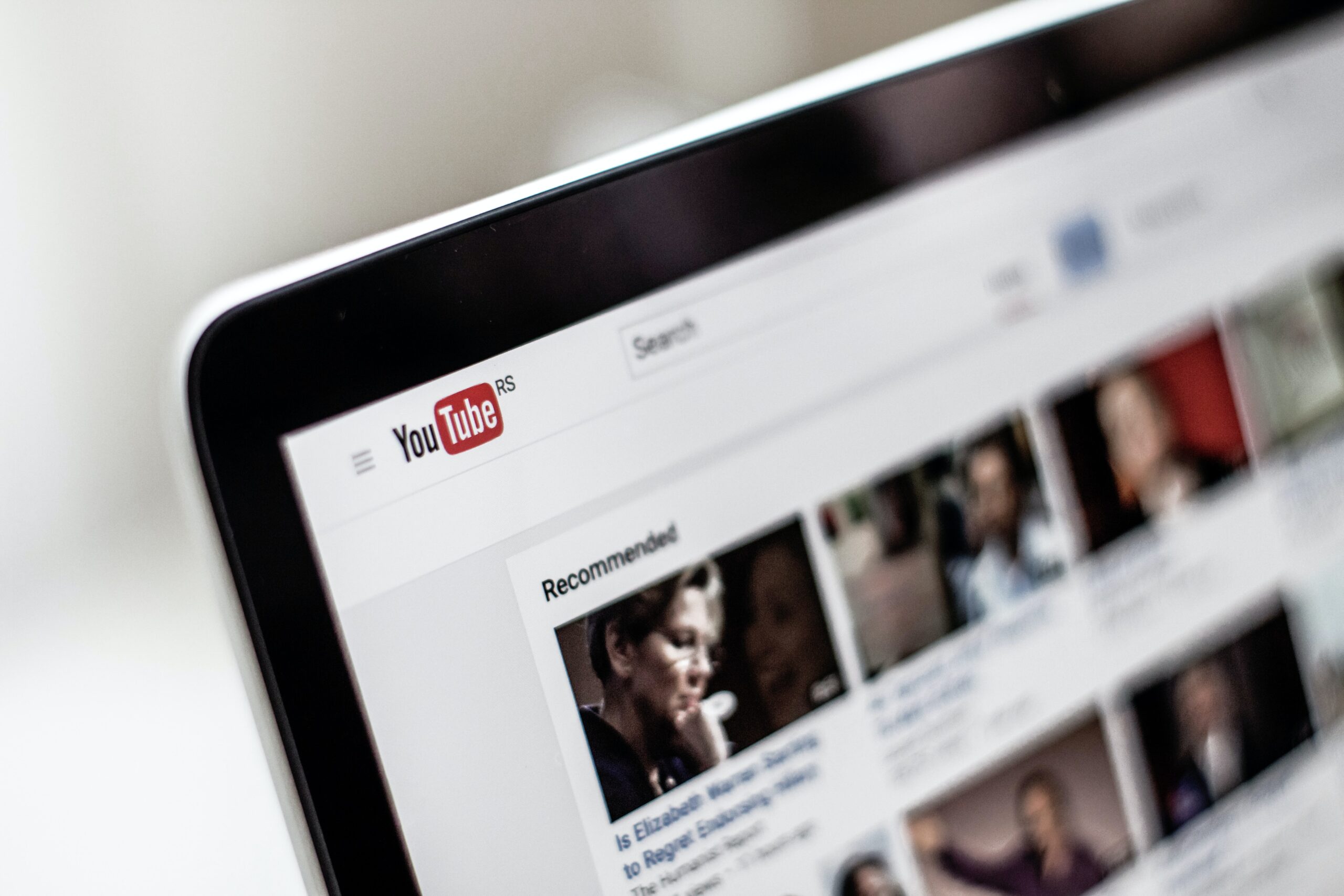From the earliest commercials to the latest movie trailers, marketing in videos has been around since the dawn of television.
Over the years video marketing has proven to be effective for promoting almost anything. But things have changed since then with the revolution of the internet. Nowadays it’s easy to ignore ads, skip videos, and even outright block ads. Meanwhile, videos that do get noticed have a chance of becoming popular and trendy or get mercilessly ridiculed.
However, this isn’t the first time videos have been used for marketing. Over the years many people have improved upon effective strategies for video online marketing and today we’re sharing it with you.
1. Setting Goals
First of all, you’re going to need to know what your vision for this video is. Is it going to be a product demo, an informative video, or an expert interview?

Knowing what kind of video you want helps you understand how you want to reach your audience and how to prepare for it. This includes the video’s budget, the editing style, and even the platform you’ll be showing it on.
Once that’s done, you’ll want to make a video around the marketing funnel. This can be a single video or a series of videos where you build up interest by creating awareness for your product, engaging with your audience, nurturing their prospects, and finally closing the deal with a call to action.
2. Knowing Your Demographic
Now that you understand your goals, the next step is to understand who you’re targeting.
To help you make this decision, it’s important to take a look at age statistics on how frequently your target uses the internet. Understanding what your target demographic is helps you understand what their needs are, how you can provide for them, and what platforms they frequent to help maximize visibility.
Once you’ve established your target demographic, it’ll be easier to cater to them through a voice or persona that best fits your audience. If you already have a persona then that’s great because it’ll help you reach out and relate to your audience.
3. Choosing the Right Platform
When making your videos you have to understand how runtimes work depending on what platform you’re using.

For example, the view count of a video, as well as its runtime, is important to sites like YouTube where certain factors can affect how the algorithm promotes your videos. For longer videos, the recommended length would be longer than four minutes. However, having a video that has a runtime of less than a minute might be better for shorter ads, since most of the time viewers will opt to skip that on their videos if they’re longer.
How algorithms promote videos depends on the platform you’re using. It’s better if you take the time to understand how these platforms use their algorithms to help you maximize your video’s runtime and viewer retention.
4. Content Production & Planning
You’ve set your goals, you know your audience, and you know what platform to use. Now it’s down to the nitty-gritty of things: the production.
Assuming you’re doing all of this in-house, you’re going to need to decide everything from the script, the storyboard, the editing, and the medium.
Is your video going to be acted, voiced, or animated? Answering these questions now helps you formulate plans while keeping your target audience, video length, and budget in mind.
At this stage, it’s important to know how you want to make your video and how you want it to be perceived. It’s also important to keep in mind how creativity can play into this. So don’t be afraid to use outlandish ideas because those usually catch people’s attention.

5. Post-Production
If you think video marketing ends at the video’s release, then you got another thing coming.
Post-production is just as important as pre-production. But this isn’t just about editing your video, it’s all about handling the video’s promotion as well. Once it has been published, you’ll need to boost it on social media, add captions, and tag the appropriate keywords.
This also includes when you want to release the video, how to schedule future videos, and even engage with the community a little bit.
Using the right title, hashtag, and social media buzz can help give your video the attention it needs. Because let’s face it, no matter how creative your video is people still need to click on it.
6. Analyzing Metrics
If your first video does great, then that’s perfect. But if it’s not received well, then use it as the perfect opportunity for improvement.
Reading, analyzing, and understanding these metrics can help you know what you did right, what you did wrong, what people liked, and what people disliked. Once you see how well or how bad your video went, then you can use that data to improve on future videos. This will also help you understand how to make better plans for both pre and post-production.
7. Consider Outsourcing and Other Collaborations
Doing everything in-house can be exhausting for your time, resources, and budget. With all the planning, research, and promotion you have to do, it can take up a lot of time that could be used for more important elements in your business.
To help alleviate the stress you might want to consider collaborating with agencies, production companies, and even influencer sponsorships. They’ll be able to do most of the heavy lifting for you while expertly crafting high-quality videos for your marketing needs.
